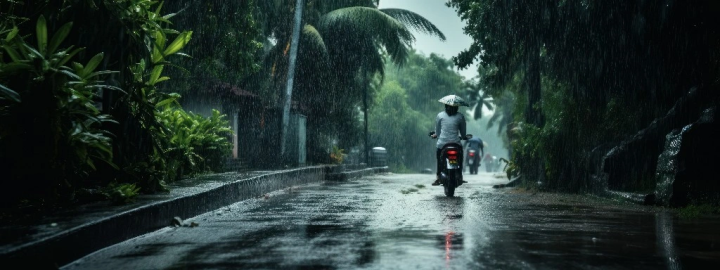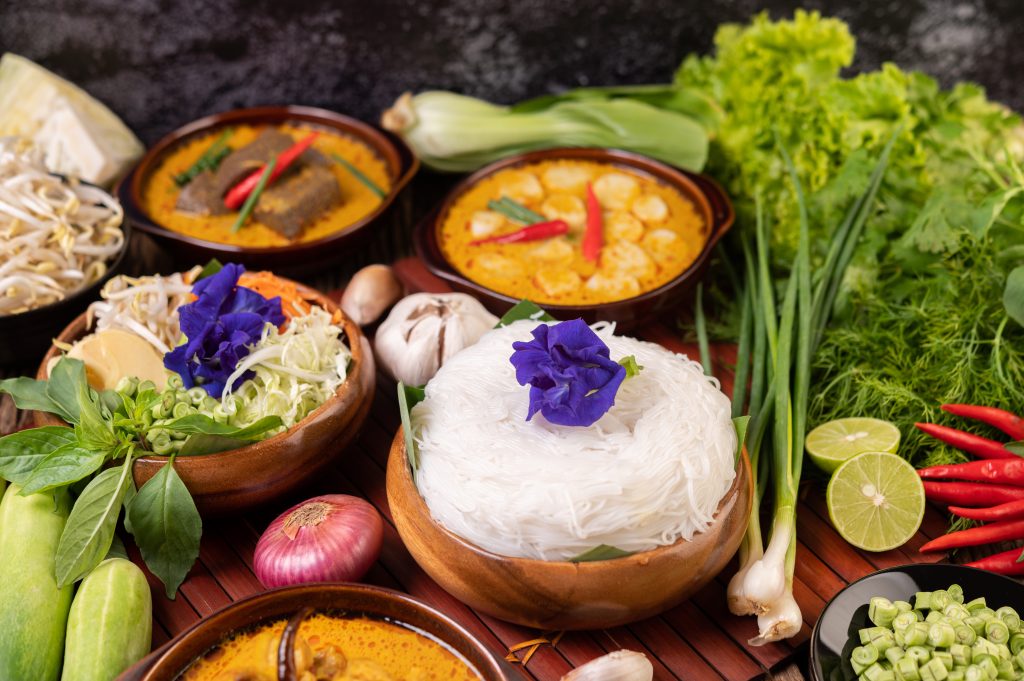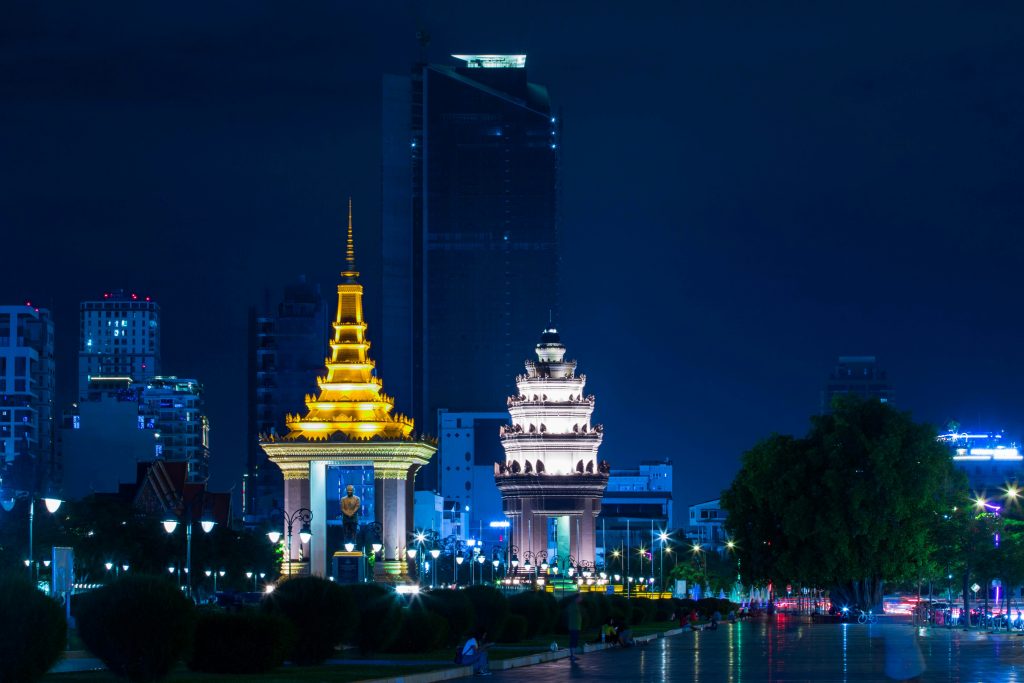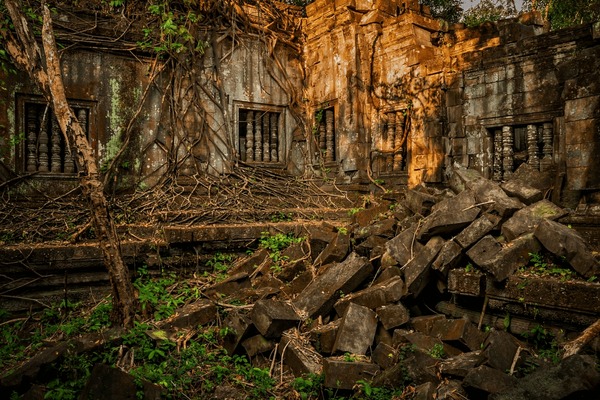Cambodia, a country rich in culture and natural beauty, experiences its rainy season from May to October. While many travelers shy away from visiting Southeast Asia during this time, Cambodia’s wet season offers a unique and rewarding experience—if you know what to expect. From lush green landscapes to fewer crowds, here’s your guide to making the most of Cambodia during the rainy season.
1. Weather Patterns and Daily Rainfall
During the rainy season, Cambodia experiences short but heavy rain showers, typically in the afternoon or evening. Mornings are usually clear and sunny, making it possible to explore attractions early in the day. Average temperatures range between 24°C to 30°C, with high humidity levels. Make sure to pack light clothing, a waterproof jacket, and quick-dry shoes.
2. Fewer Tourists and Better Deals
One of the best perks of visiting Cambodia during the rainy season is the significantly fewer tourists at popular attractions like Angkor Wat, Koh Rong, and Phnom Penh. Hotels, tours, and transportation often offer discounted prices, making it an ideal time for budget travelers. You’ll enjoy a more peaceful and intimate experience at temples and other landmarks.
3. Lush Scenery and Green Landscapes
Thanks to the abundant rainfall, Cambodia transforms into a vibrant green paradise. Rice fields, jungles, and countryside become more scenic and photogenic. Areas like Kampot, Mondulkiri, and the Cardamom Mountains are especially stunning during this season. It’s a great time for nature lovers and photographers looking for dramatic skies and lush environments.
4. Flooding and Road Conditions
While the rain brings beauty, it also causes occasional flooding, especially in urban areas like Phnom Penh. Some rural roads may become muddy or impassable, particularly in the provinces. It’s wise to check local weather reports and plan your travel routes in advance. Use reliable transportation options like private taxis or domestic flights when heading to remote areas.
5. Festivals and Cultural Highlights
The rainy season coincides with some of Cambodia’s most important festivals, such as Pchum Ben (Ancestor’s Day) in September or October. These traditional ceremonies provide a deeper cultural insight and a chance to witness local customs and religious practices. Attending a festival during the wet season can enhance your travel experience.
6. Wildlife and Adventure Activities
Cambodia’s national parks and wildlife sanctuaries come alive during the wet season. Visit Botum Sakor National Park or take a boat trip through Tonle Sap Lake, where water levels rise, allowing deeper access to floating villages and bird sanctuaries. Adventure seekers can enjoy kayaking, trekking, and even waterfall hikes, especially around Ratanakiri and Kirirom National Park.




